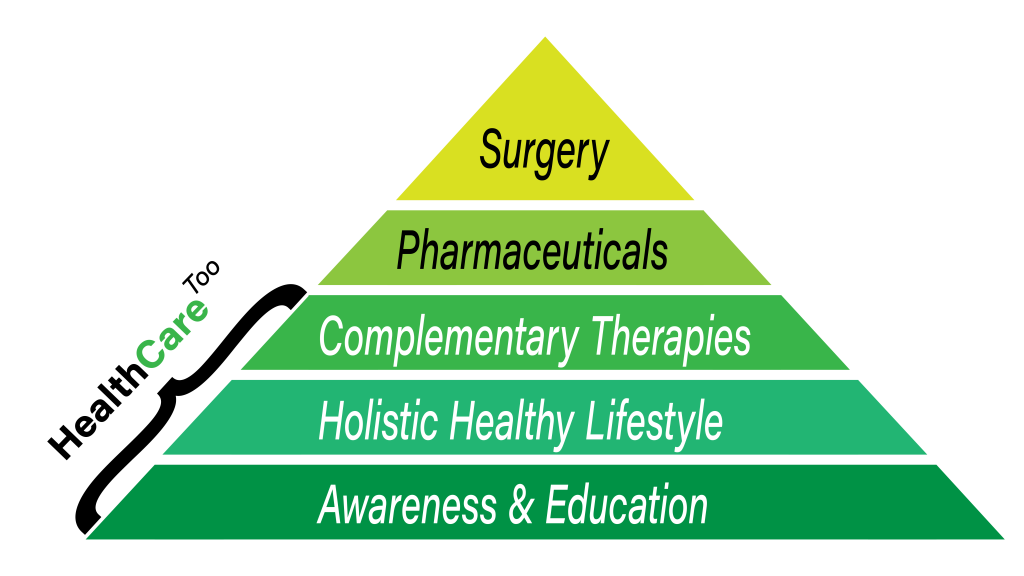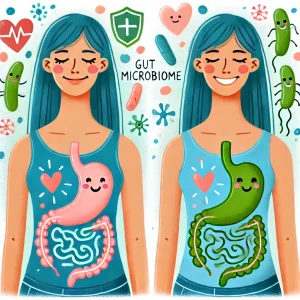Epigenetic Disturbances
Epigenetic disturbances… spell check doesn’t like this already but like the many healthcare experts, spell check will have adapt to knowledge that Environment has a major say in our health.
Genes Load the Gun, Environment Pulls the Trigger
Pharmaceuticals, however, are not the only agents that can induce epigenetic disturbances. Whether you were born via vaginal birth or Cesarean section, breastfed or bottle-fed, raised with a pet in the house, or infected with certain childhood illnesses all influence your epigenetic expression. Whether you are sedentary, pray, smoke, mediate, do yoga, have an extensive network of social support or are alienated from your community—all of your lifestyle choices play into your risk for disease operating through mechanisms of epigenetics.
In fact, the Centers for Disease Control (CDC) states that genetics account for only 10% of disease, with the remaining 90% owing to environmental variables (2). An article published in the Public Library of Science One (PLoS One) entitled “Genetic factors are not the major causes of chronic diseases” echoes these claims, citing that chronic disease is only 16.4% genetic, and 84.6% environmental (3). These concepts make sense in light of research on the exposome, the cumulative measure of all the environmental insults an individual incurs during their life course that determines susceptibility to disease (4)
In delineating the totality of exposures to which an individual is subjected over their lifetime, the exposome can be subdivided into three overlapping and intertwined domains. One segment of the exposome called the internal environment is comprised of processes innate to the body which impinge on the cellular milieu. This encompasses hormones and other cellular messengers, oxidative stress, inflammation, lipid peroxidation, bodily morphology, the gut microbiota, aging and biochemical stress (5).
Another portion of the exposome, the specific external environment, consists of exposures including pathogens, radiation, chemical contaminants and pollutants, and medical interventions, as well as dietary, lifestyle, and occupational elements (5). At an even broader sociocultural and ecological level is the segment of the exposome called the general external environment, which may circumscribe factors such as psychological stress, socioeconomic status, geopolitical variables, educational attainment, urban or rural residence, and climate (5).
Source: Epigenetic Memories are Passed Down 14 Successive Generations, Game-Changing Research Reveals
You may also be interested in these articles:
Your Risk of Dying Hinges on Well-Being
California Becomes The First State To Prescribe Food As Medicine




